Biomass has the potential to serve as a sustainable source for producing both energy and organic compounds with many applications, and thus replaces products derived from fossil fuels. The subject of efficient conversion of cellulose, non-edible components of biomass, into high value-added chemicals is of considerable current interest. As an important intermediate, 5-hydroxymethylfurfural (5-HMF) has been identified as a valuable bio-based multi-purpose building block chemical due to its high reactivity. A broad range of value added compounds can be synthesized from it, such as 2,5-dimethylfuran (DMF), 2,5-furandicarboxylic acid (FDCA), and levulinic acid (LA).
Ionic liquid (IL) has been widely investigated in 5-HMF production from biomass. However, most of studies employed IL as reaction solvent which consumes a large amount of IL making the process not economically feasible.
Recently, the research team led by Prof. XU Jian at Institute of Process Engineering (IPE) of the Chinese Academy of Sciences, developed a process by employing IL as catalyst in the conversion of microcrystalline cellulose (MCC) to 5-HMF under microwave irradiation (MI). 1,1,3,3-tetramethylguanidine (TMG)-based ILs, including 1,1,3,3-tetramethylguanidine tetrafluoroborate ([TMG][BF4]) and 1,1,3,3-tetramethylguanidine lactate ([TMG]L) which were commonly used in the absorption of SO2 and CO2 from flue gas, were synthesized and applied in the conversion of MCC to 5-HMF for the first time. Of the catalysts utilized, [TMG]BF4 was to have high catalytic activity in 5-HMF production from MCC. The conditions including the ratio of IL to MCC, temperature and reaction time for 5-HMF production were optimized using Central Composite Design (CCD) and Response Surface Methodology (RSM). The highest 5-HMF yield of 28.63% was achieved with the optimal condition. This investigation provides valuable practical experience with ionic liquid as catalyst which will further accelerate the commercialization and industrialization of bio-based 5-HMF production.
The results have been published on Bioresource Technology 2014,162:358–364.
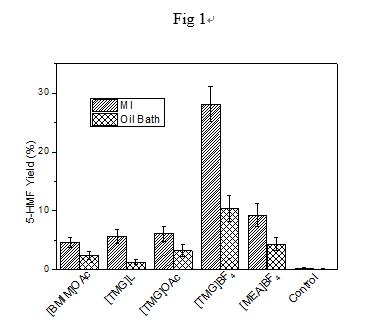
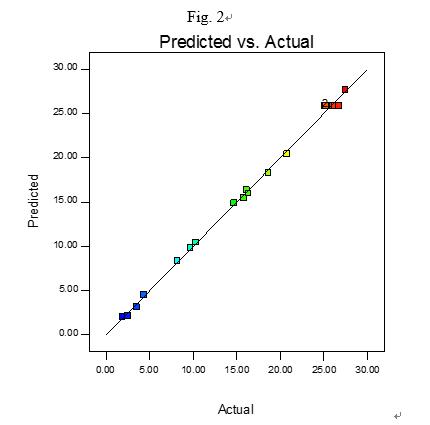
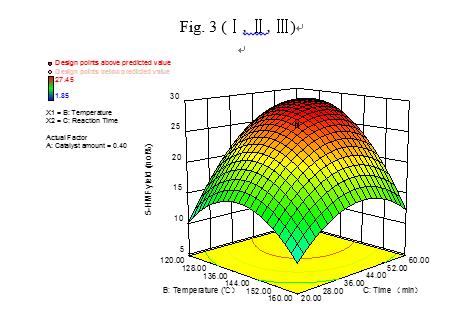
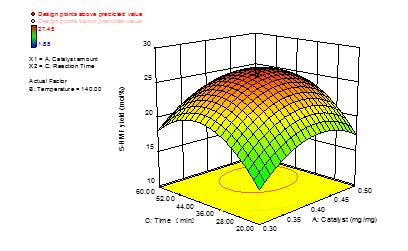
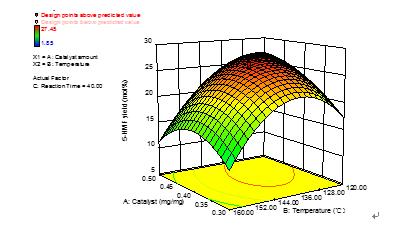
Fig. 1. Effect of different IL catalysts on 5-HMF yield
Fig. 2. Predicted vs. actual 5-HMF yield
Fig. 3. Response fitted surface area and contour plot for 5-HMF yield based on (I) Temperature and catalyst loading; (II) Catalyst loading and reaction time; (III) Reaction time and temperature(Image by IPE)
 Search
Search




 京公网安备110402500047号
京公网安备110402500047号